Foraging Wild Plants
For Food, Spices and Teas
Foraging wild plants for food, spices and even tea is a great way to obtain good quality food for free. There is nothing more satisfying than roaming on your property and finding edible berries, nuts and greens you can use for jams, jellies and side dishes.
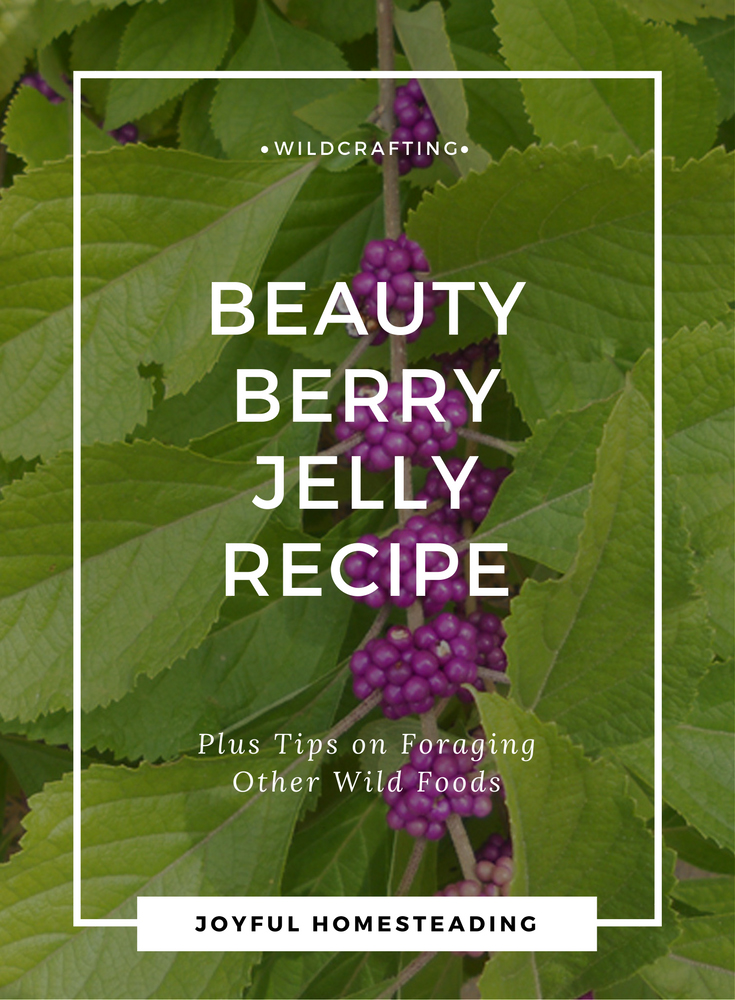
What is Foraging?
So what is foraging, you may ask? It's a way to find good quality food in the wild, a skill that will help you save money and keep you and your loved ones fed in an emergency.
There are all kinds of plants that grow in the wild that can be used for food, spices and teas.
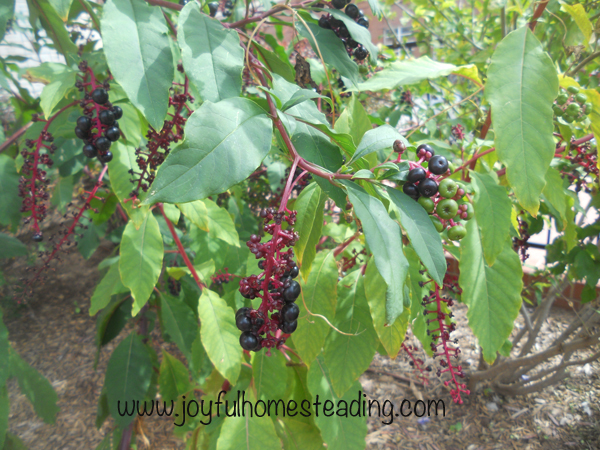
Foraging Wild Plants Wisely
But there are some things to keep in mind if you plan on foraging wild plants. If you have never foraged before, you might want to attend a foraging workshop in your area taught by an expert. Poison hemlock looks a lot like wild carrots or parsnips.
The fruit in the picture on the left looks like lemon tomatoes, but it's deadly nightshade.
Any plant or seed that smells like almonds could be laced with cyanide. The point is, not all plants are safe to eat, and you don't want to accidentally poison yourself or your loved ones.
You also don't want to expose yourself to needless pesticides, so don't go foraging wild plants near homes or occupied buildings. The plants might be sprayed with pesticides.
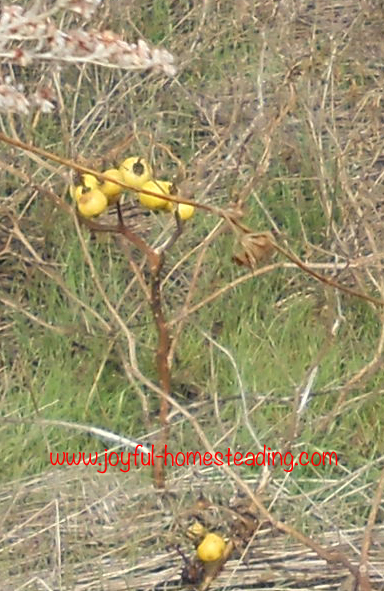
In addition, roadside plants are likely contaminated by exhaust fumes or other pollutants. I once saw some young men peeing on roadside blackberries for spite.
Fortunately, there are some wild edibles likely in your backyard that are easy to recognize and good for food.
A Foraging Caveat
"Leave some behind" is a crucial rule to remember when foraging wild plants. If you pick every berry or plant you see, you won't find them again the following year. A good rule of thumb is to leave twenty-five percent of the berries or plants untouched so they can reseed themselves come spring.
With that said, here are some easily recognized plants you might find in your backyard.
Dandelions
I have actually written about this before, but I'm mentioning it again, because dandelions are so easy to recognize. The young leaves make a delicious salad.
Later in the spring and summer the dandelion leaves will get bitter tasting and tough, but you can still enjoy them by boiling the leaves. To get rid of the bitter taste, change the boiling water once.
You can also eat the roots of the dandelion plant. Peel, slice and then cook them as you would any vegetable.
Photo courtesy of Outside Pride.
Not only that, but if your coffee supply is running low, you can roast the dandelion roots in the oven before grinding them and using them as you would ordinary coffee grounds.
Juniper Berries
These are the blue berries about the size of a pea that you find growing on evergreen trees.
Yes, they are edible, but don't eat too many of
them, or you'll put a strain on your kidneys. Juniper berries in a
large quantity are highly diuretic.
These berries are great for
seasoning meat and can also be made into a tea, again as long as you
drink only small amounts at a time.
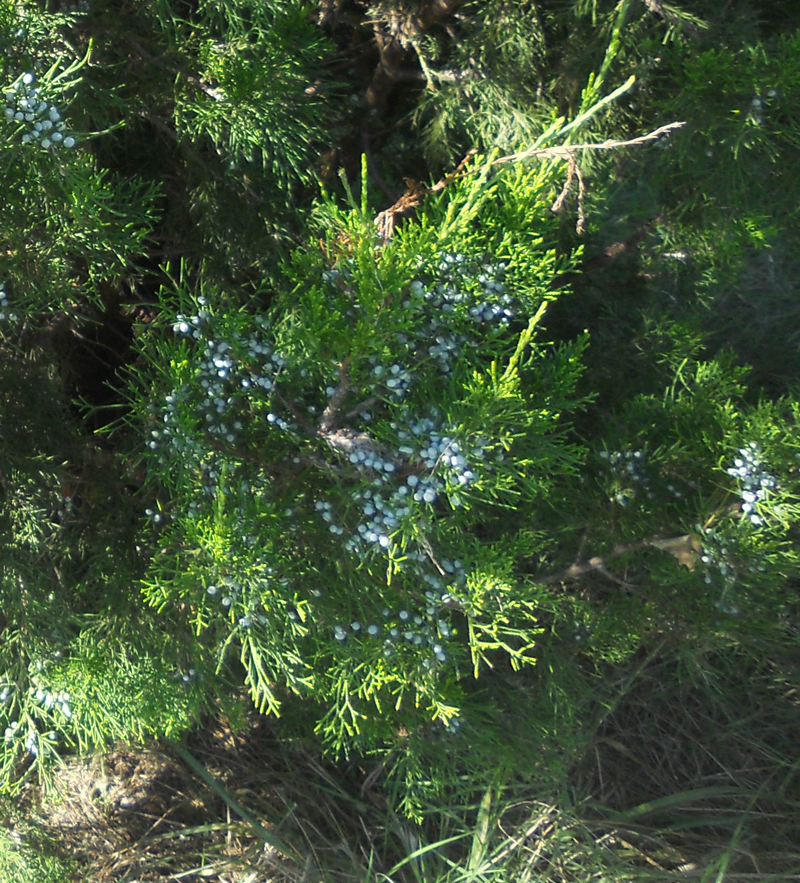
Place a teaspoon of the berries in a cup and cover them with boiling water. Allow it to steep ten minutes and sip and enjoy throughout the day.
Sumac Berries
Look closely, and I'll bet you will see these berries everywhere in the wild. Forget buying herbal teas; these berries are way better. Sumac berries make a lemony drink that used to be popular with Native Americans as well as the early settlers. It's a shame more people don't make it today. Not only is it delicious, but it's also free, if you can find it on your property.
Making sumac "lemonade" is easy: Take a handful and put them in a large pot, mashing them up a bit.
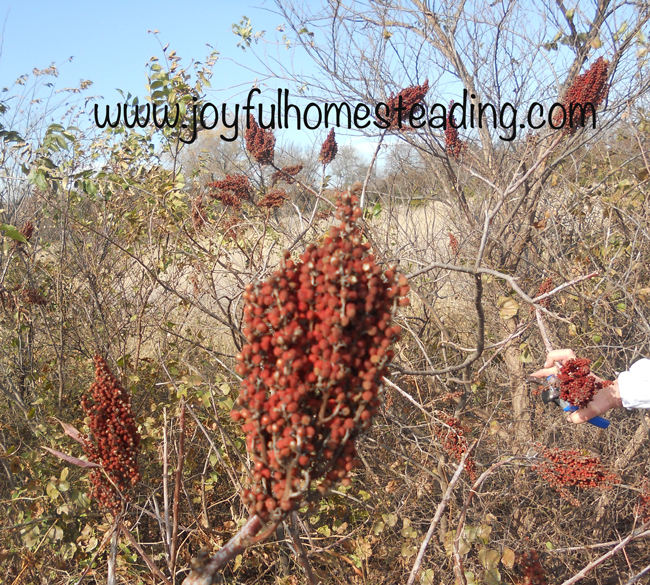
Then cover the berries with boiling water and then allow it to steep for awhile. Once it has cooled, strain the tea through a cloth and sweeten it with stevia or coconut sugar.
Beauty Berries
These magenta berries are not only gorgeous, they are also great for making jelly. You can also eat them, but they have a bland taste.
Gather six cups of berries and wash them, removing all the stems and leaves. Cover the berries with eight cups of water and bring it to a boil. Boil it for 20 minutes. Then strain it through a cheesecloth to remove the bits.
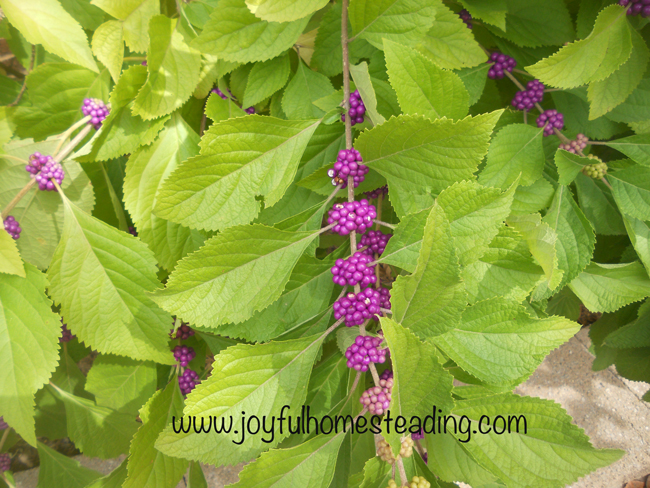
Now take the strained juice and bring it to a boil again. Add 1/4 cup
of pectin (one packet) and four and a half cups of sugar. Bring it to a
boil once more and allow it to boil for two minutes. Remove the
mixture from the heat and let it stand until a foam forms at the top.
Remove the foam and put in jars. I found this recipe here.
So the next time you're out in the woods, consider foraging wild plants such as these for a satisfying, self-sufficient way to bring food to the table.

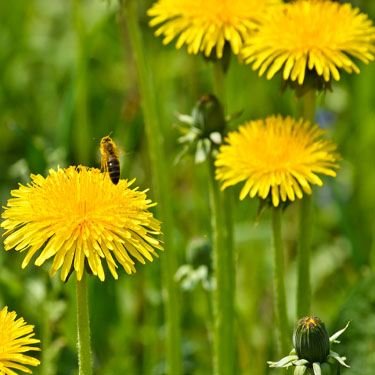



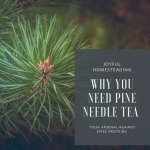


New! Comments
Have your say about what you just read! Leave me a comment in the box below.